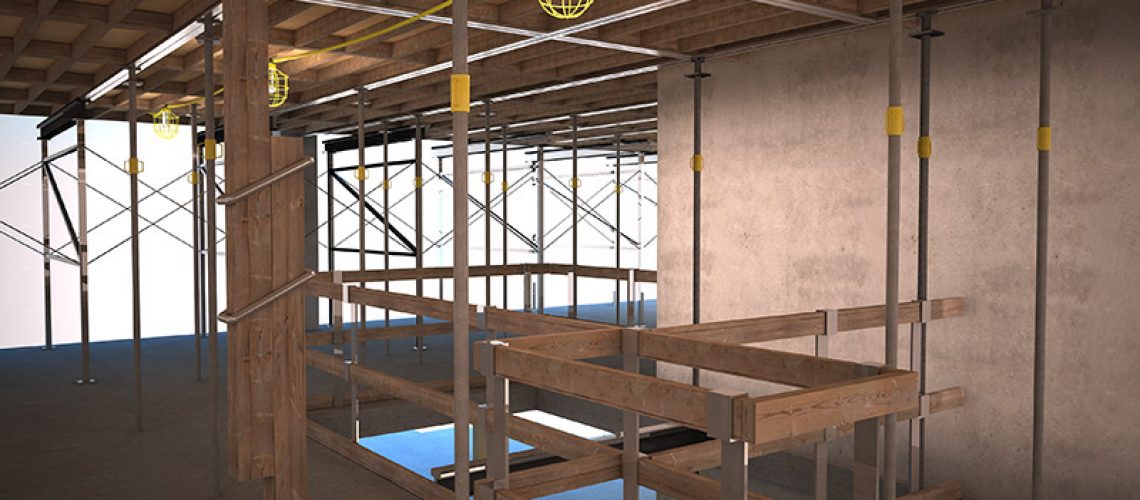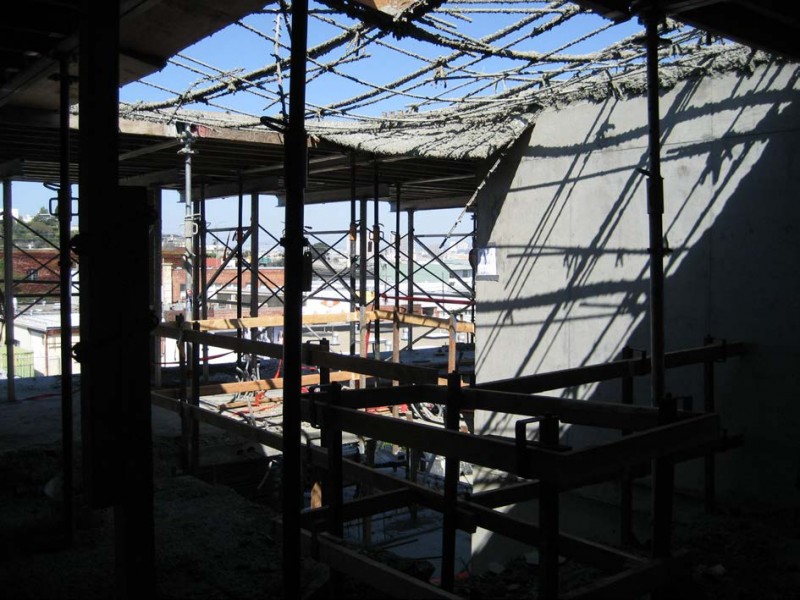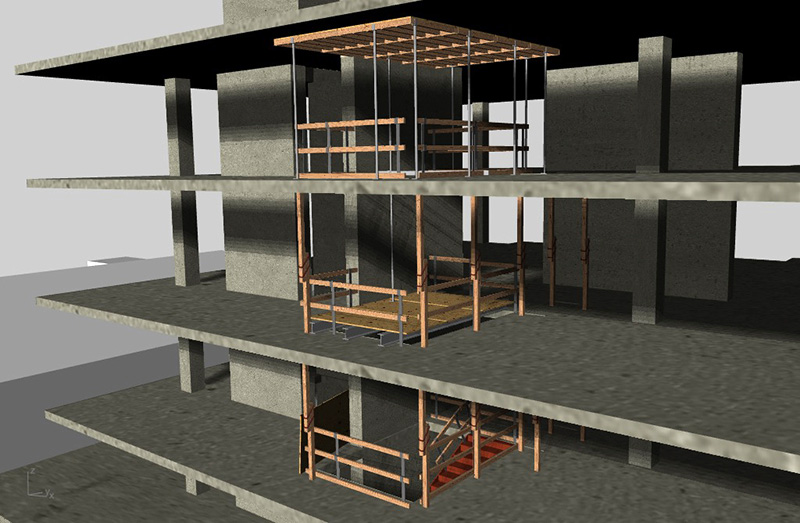Menu


Morgan Smith
When Photos Don’t Tell the Story in Litigation
While a picture is surely worth a thousand words, there are times when photographs of a scene don’t cut it for case presentation. In many cases, the scene may have substantially changed from before the incident occurred. This is most common in personal injury cases when a car is damaged beyond recognition, a building collapses or another catastrophic failure occurs.
Cogent Legal worked on a recent case that is a great example of pictures not telling the story alone. It involved three plaintiffs, two represented by Anthony Label of The Veen Firm and one represented by Steven Bell of Jones Clifford, both in San Francisco. The plaintiffs were all construction workers working for a local general contractor. The defendant engineered shoring and support for the concrete floors in commercial buildings. This support is used to hold up forms for the concrete when poured into place. However, as the plaintiffs were pouring the concrete, the form supports collapsed, causing the three plaintiffs to fall up into a stairway opening.
After the incident, hundreds of photographs were taken, and not a single one showed what the area looked like before the failure occurred. Here is an example of what the photos showed:
Since a major issue in the case was whether the form-work engineering company incorrectly supported the roof concrete above the stairway that collapsed on the plaintiffs, not having any photos of what it looked like was a problem. We decided that high-quality 3D renderings of the area would be the best way to show the jury precisely what support existed, and what support did not exist, before the incident.
The benefit of building a scene in a 3D environment for making demonstrative evidence is seen in many different ways below.
The first image was done to map the photograph above in terms of angle and even lens type so it matched as closely as possible. Here is the rendering that matches the above photograph, but showing all the existing supports that were actually in place.
Since we built the image in a 3D environment, it also gave the opportunity to see the structural support from a number of different views so the jury could understand the conditions that existed, and understand the testimony of the various witnesses concerning whether it was adequate or not.
Since all the plaintiffs were familiar with the support set-up as it existed before the incident, and the plans provided by the defendant showed the set-up that was called for, the plaintiffs themselves could provide the necessary evidentiary foundation for the admission of this evidence. The plaintiffs could testify they were familiar with how the conditions looked before the incident, and these images were substantially similar to those conditions that existed at the time.
In addition to creating the above images, Cogent Legal also provided an overview of the entire stairway structure to show the support conditions that existed.
The above image is a view that no photograph can provide, even if one was taken before the incident, since it removes all the walls and non-essential items to focus on the entire structural support that existed for the stairway opening prior to the incident.
If you would like to find out how highly detailed and accurate 3D modeling may help your case, please contact us.
If you’d like to receive updates from this blog, please click to subscribe by email.
Recent Posts
- Proper Digital Discovery, Part IV: Using Drones in Modern Litigation
- Proper Digital Discovery, Part III: Using Digital Imagery in Modern Litigation
- Proper Digital Discovery, Part II: Electronic Measuring Data
- How to Obtain Proper Digital Discovery, Part I: Photography
- California Courts – Latest Updates





